Our top 6 algae eaters in the aquarium
Algae in the aquarium are simply annoying and annoying - and the vast majority of them do not look nice either. While a light green patina on decoration material, stones and wood can still look quite pretty and contribute to the naturalness of an aquarium, the fun stops at the latest with stubborn brush algae or thread algae.
Getting to the bottom of the triggers
Basically, algae infestation always has a trigger, and in the long run it is certainly better to eliminate this trigger than to just mess around with the symptoms. For this purpose, we have published a series of articles in which we go into more detail about the individual types of algae and refer to the countermeasures:
- Algae and their role in the aquarium - Part 1: Diatoms
- green algae in the aquarium
- Successfully combating brush algae and other red algae
- Blue-green algae in the aquarium
Algae eaters in the aquarium
However, some algae will always exist in the aquarium, simply because they are part of the ecosystem. Here we would like to introduce you to the top six algae eaters in the aquarium, with which you can keep an outbreak of a new algae plague at bay or even have success with some in an acute phase. However, please keep in mind that no animal deserves to be kept as a purely functional animal. They all have demands that need to be met, and if the algae infestation has been prevented, they still need food and an animal-friendly habitat.
Snails - helmet snails, anthracite limpets (Neritina pulligera)
They are the quintessential cleanup crew and one of the most effective algae eaters we know. Helmet snails efficiently take care of all types of film-like algae cover, whether it be green algae or diatoms. Higher algae such as brush algae or filamentous algae are only eaten in the very young stage, once they are large and hard, the snails unfortunately leave them to the left. Helmet snails, however, have a voracious appetite for the troublesome algae deposits and effectively keep the aquarium glass panes, the leaves of large-leaved plants and also the decoration clean. Helmet snails cannot reproduce in freshwater, so there is no population explosion here, even if the animals find a lot of food. In aquariums that are too clean, especially in newly set up tanks, they do not find enough algae cover and can even starve to death in it. When the algae coverings have been eaten, helmet snails can be well fed with Natureholic Snail Feed. It creates a feeding lawn that is very accommodating to the animals in terms of how they feed, and allows these useful little helpers to continue to be cared for once they have done their job. Helmet snails are suitable for aquariums from 20 l. The larger and the more algal the aquarium is, the less you need to feed. They are not particularly picky about water values, and they can live to be quite old, with a life expectancy of 8 years.
Snails - other neritids (staghorn snails / Clithon, racing snails / Neritina or Vittina)
Even if they are not quite as effective as helmet snails, the other neritids, as limpets are also called, also have their justification. They also eat algae coverings and very young algae growth very well. Many of them are beautifully patterned and thus offer a great eye-catcher in addition to their function as algae killers. Especially beautiful are the different black-yellow to orange or even red patterned representatives of the genera Neritina and Vittina. But also the smaller sun snails or crown snails of the genus Clithon are very pretty and due to their smaller size they are especially suitable as algae police in nano aquariums. The same applies to them as to helmet snails - once the algae coverings are removed, they must be given supplemental food to prevent starvation. Clithon, Neritina and Vittina also cannot reproduce in freshwater, even though they lay egg cocoons. The larvae that hatch from these eggs need seawater to grow up.
Shrimps - Amanoshrimps
Juvenile amano shrimp in particular are among the most effective filamentous algae eaters we know. While the snail faction naturally tends to be more concerned with the film-like algae coverings, amano shrimp are consistently observed biting off pieces of the pesky filamentous algae and eating them. Brush algae are too hard for most algae eaters, they are only eaten when they store less calcium thanks to CO2 fertilization in the aquarium and thus become softer.
The lively Amano shrimps need an edge length of at least 60 cm and are not suitable for nano aquariums. Regarding water values they are not sensitive, they do well in soft, medium hard and also in hard water. Amano shrimp also cannot reproduce in freshwater.
Shrimps - Dwarf shrimps
As aufwuchsfresser dwarf shrimps take care of all possible coverings in the aquarium. This includes very young algae growth. However, once the filamentous algae or brush algae have grown, most dwarf shrimps (with the exception of Amano shrimps, see above) cannot do much against them, because these algae are too hard for them. Dwarf shrimp can be quite robust (like the representatives of the genus Neocaridina) or very sensitive (like bee shrimp, tiger shrimp, bumblebee shrimp etc.). Please read up on what values the shrimp species you favor require.
Fishes - Ear lattice catfish(10pcs for 29,90€)
In aquariums from 54 l a troop of at least 5-7 Otocinclus can be kept. They need slightly acidic and clear, clean water and a good current. Otocinclus take care of all kinds of green algae coverings and also diatoms with their sucking mouth. Brush algae and filamentous algae, however, are too hard for them, they will not eat them. In too fresh tanks Otocinclus starve, the aquarium should be well run in and have clearly visible algae coverings. A well-fed Otocinclus has an outwardly rounded belly. If the fish's belly is caved in, it is already five to twelve and it is on the verge of starvation. Otocinclus can be accustomed to catfish tablets, zucchini, spinach, peas, leaves and similar additional food and should also be fed accordingly when the algae coverings in the aquarium become less.
Fish - Siamese Snout Barb(10pcs. for 27,90€)
It eats filamentous algae and brush algae, but grows very large with up to 18 cm and should therefore never be kept in aquariums with an edge length of less than 150 cm. The Siamese Snout Barb should be kept in groups of about five animals. The aquarium must be well structured so that the animals can avoid each other if necessary. Proboscis barbs need a good current and a water temperature of 24-26 °C. They prefer slightly acidic water, but will do quite well in medium hard water. Attention: In the trade sometimes fishes are sold as proboscis barbs, which are no proboscis barbs at all, so look carefully: True Siamese snout barbs have two barbels on the mouth, a continuous black line running lengthwise along the side of the body from the tip of the mouth to the caudal fin, and their fins are transparent.


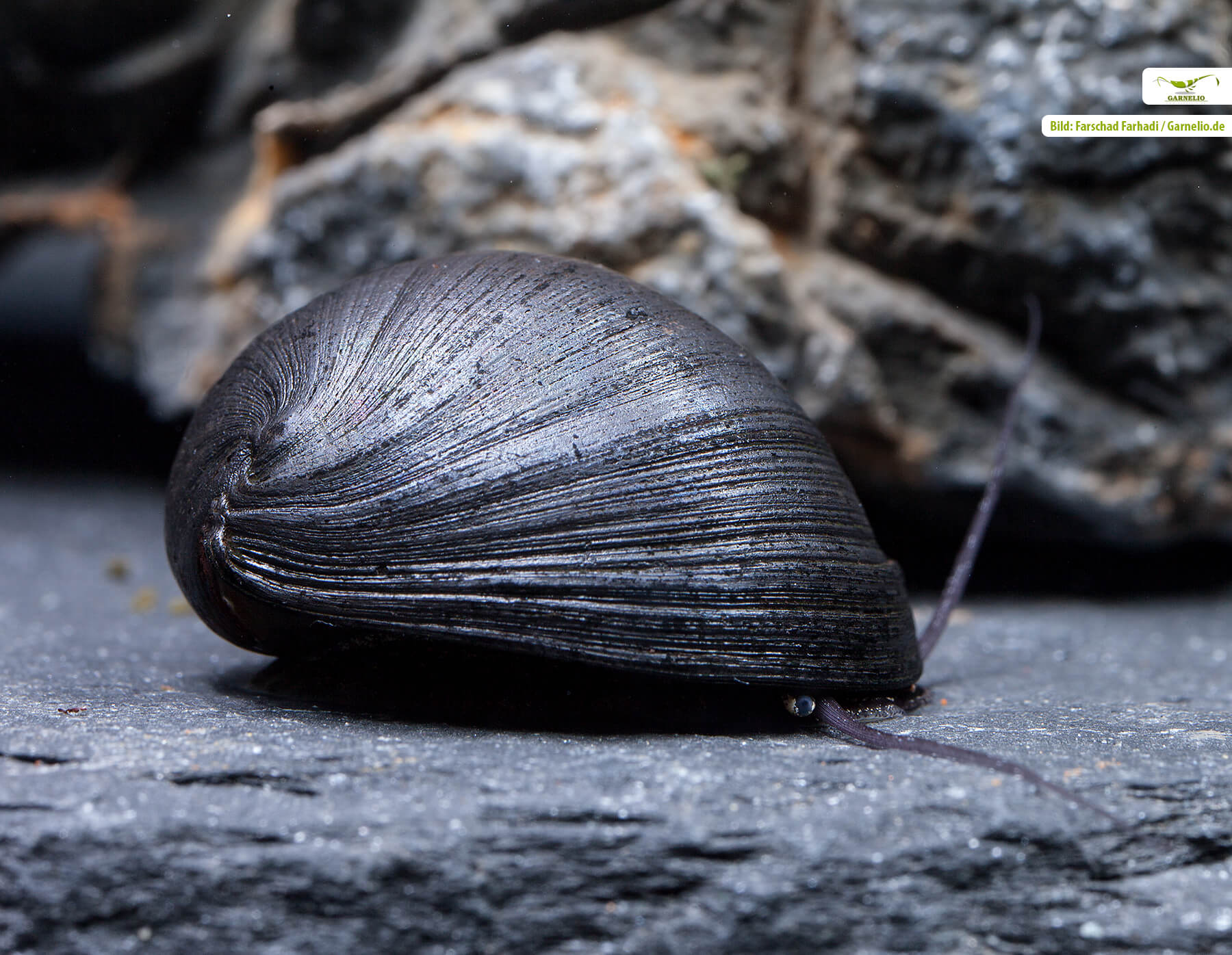
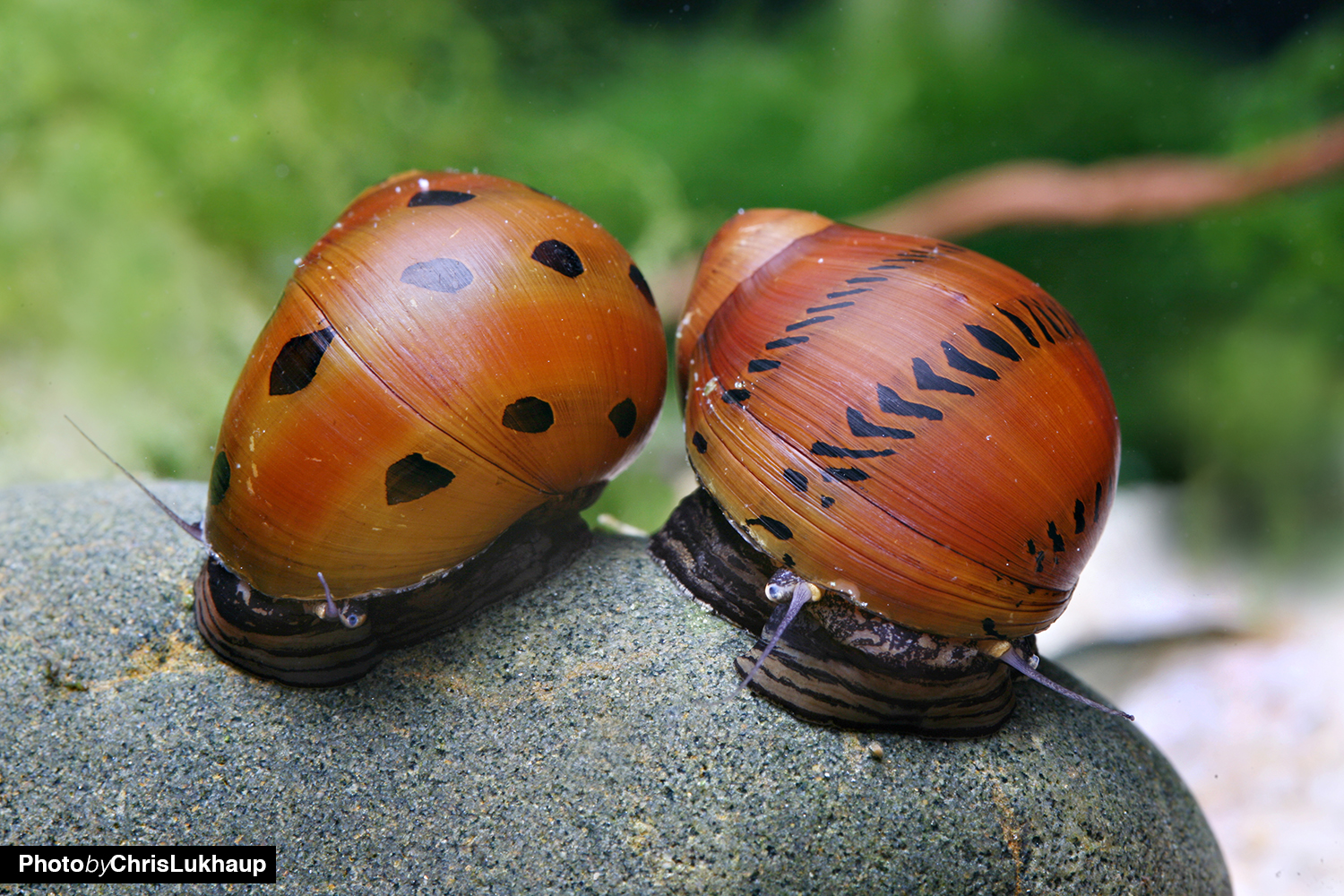
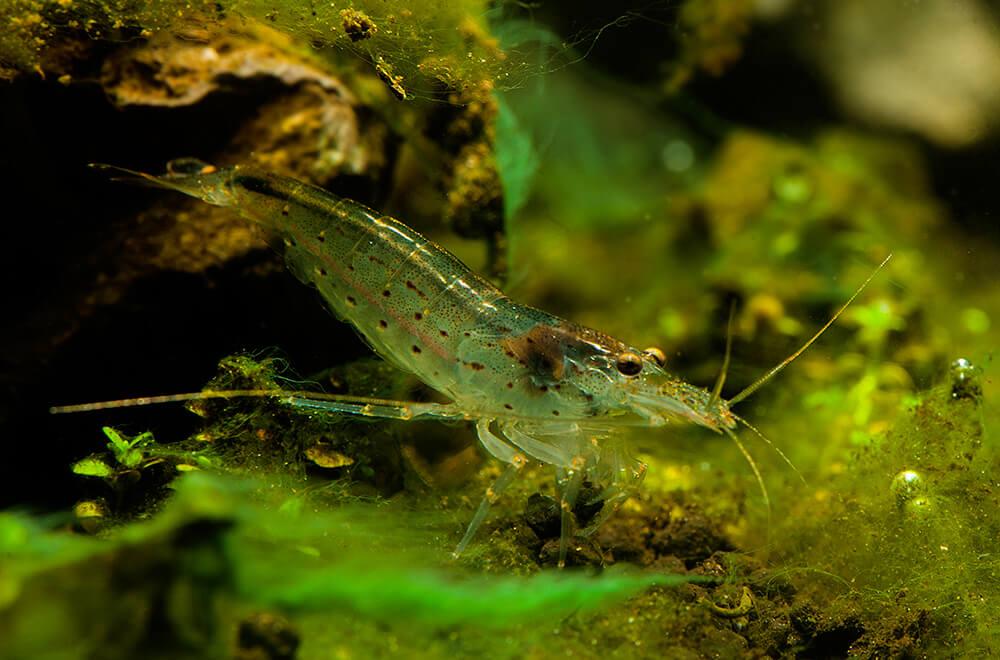
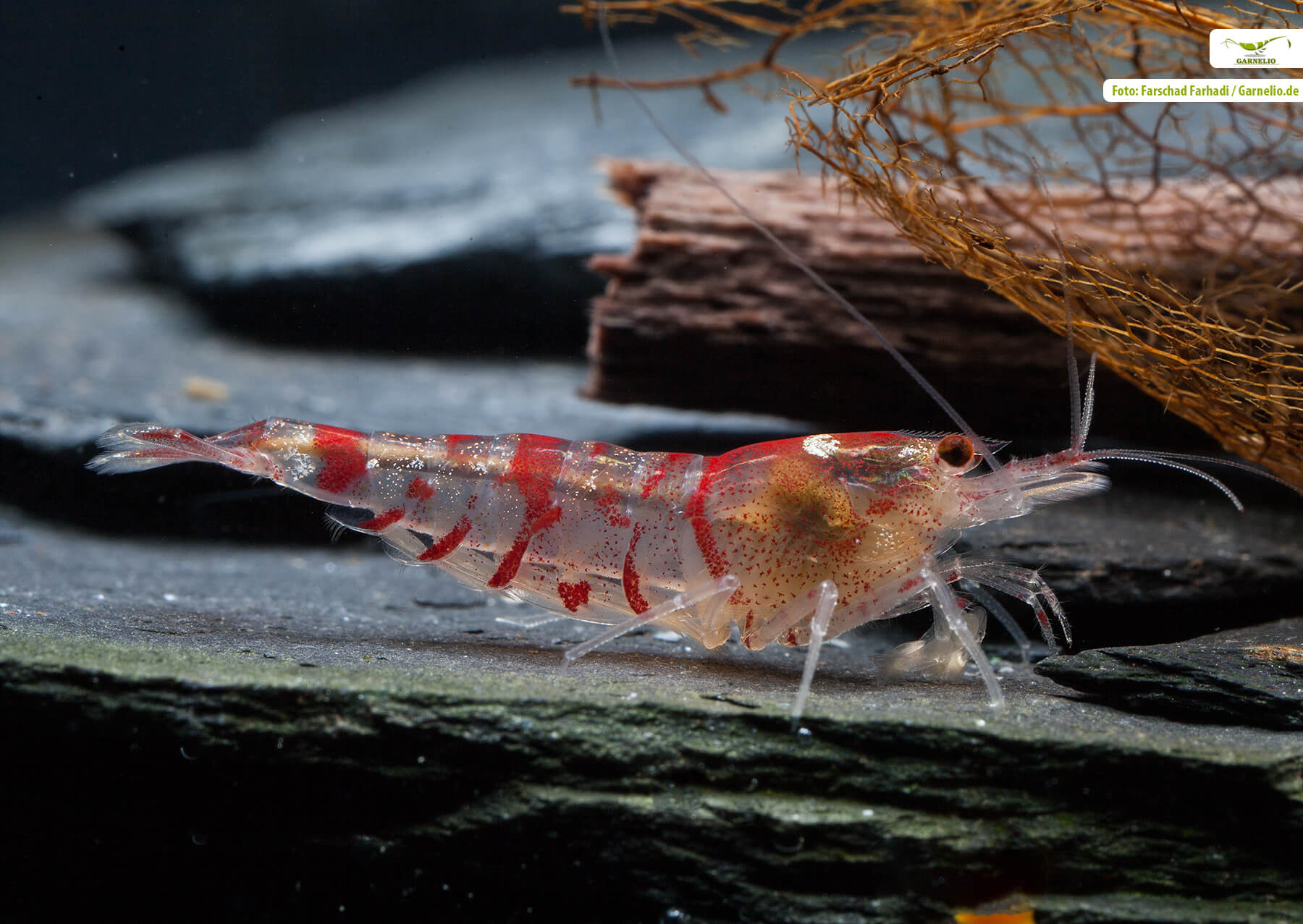
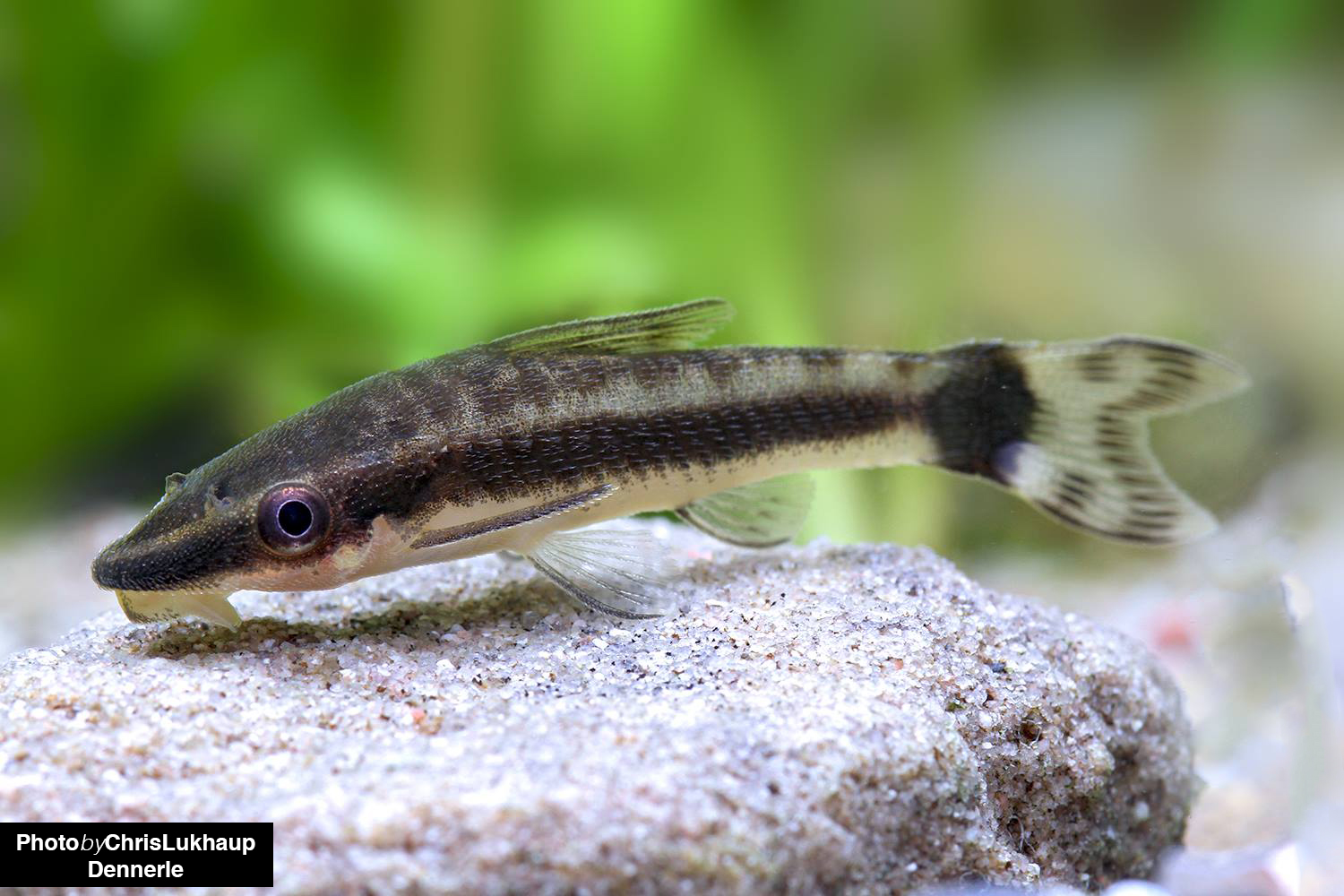
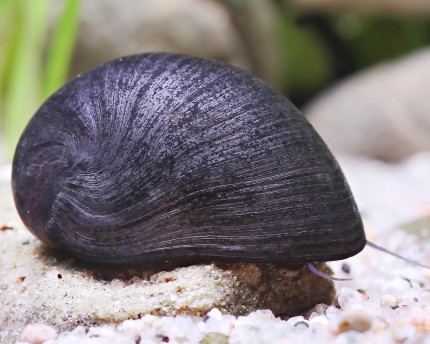
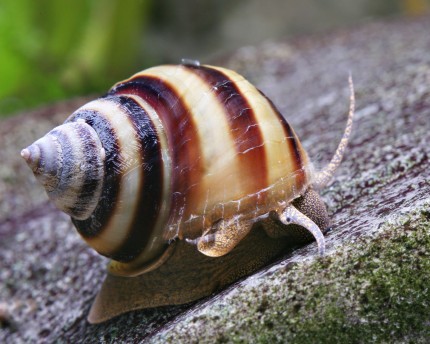
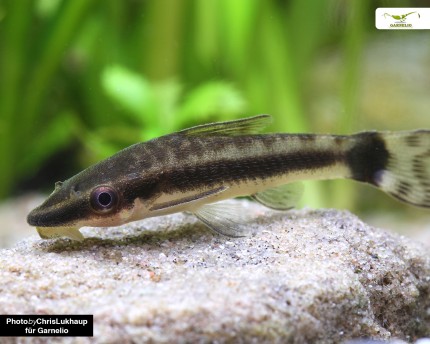
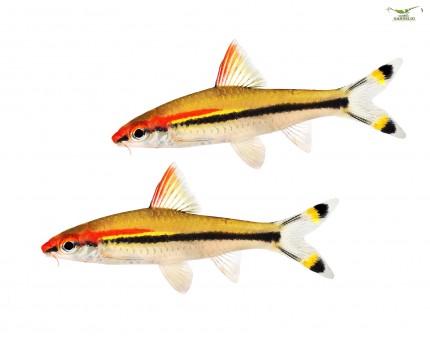
Danke für diesen Beitrag!
Hallo zusammen,
wir haben ein Aquarium mit Süßwasserfischen und haben seit einiger Zeit erhebliche Probleme mit Algen. Wir haben den Auslöser für dieses Problem noch nicht gefunden, möchten aber nun Schnecken und Garnelen kaufen und hoffen, dass diese auch in unserem Aquarium als Algenfresser fungieren. Ich bin sehr zuversichtlich!